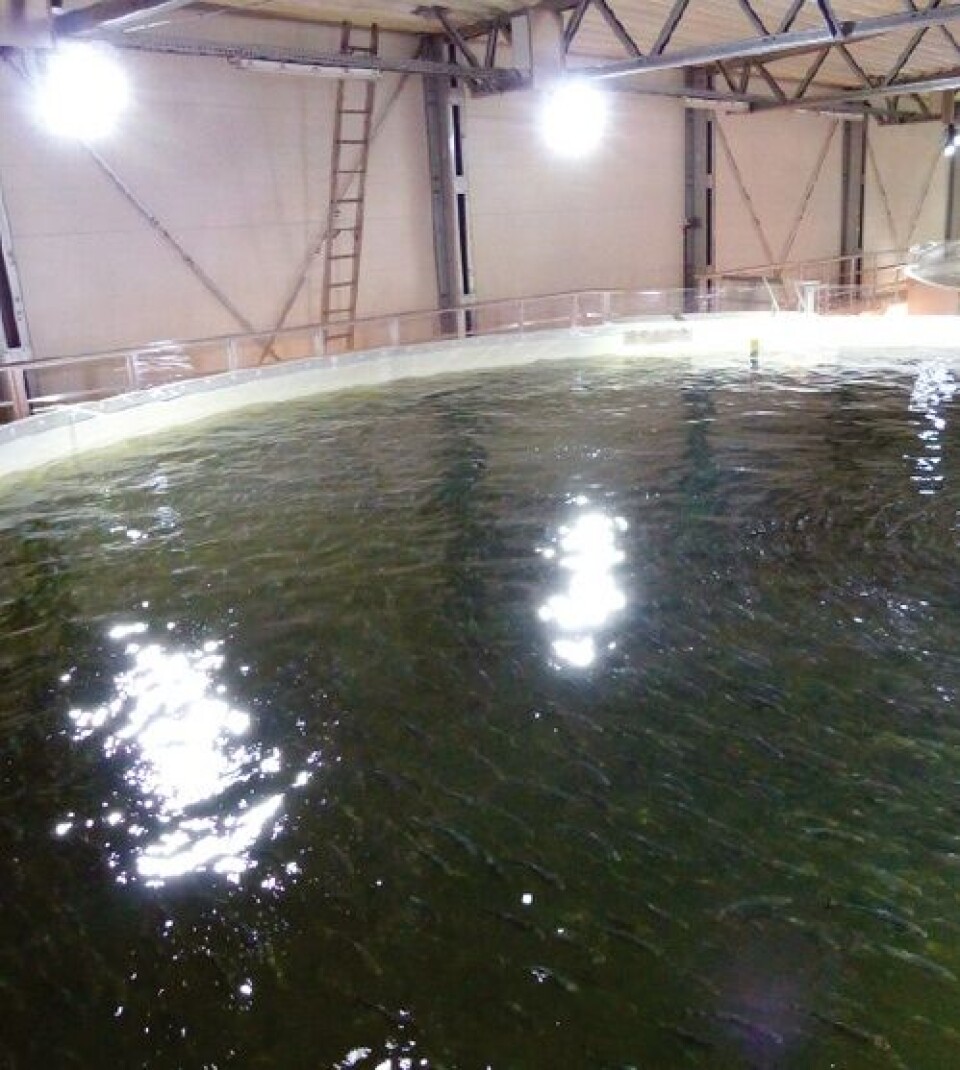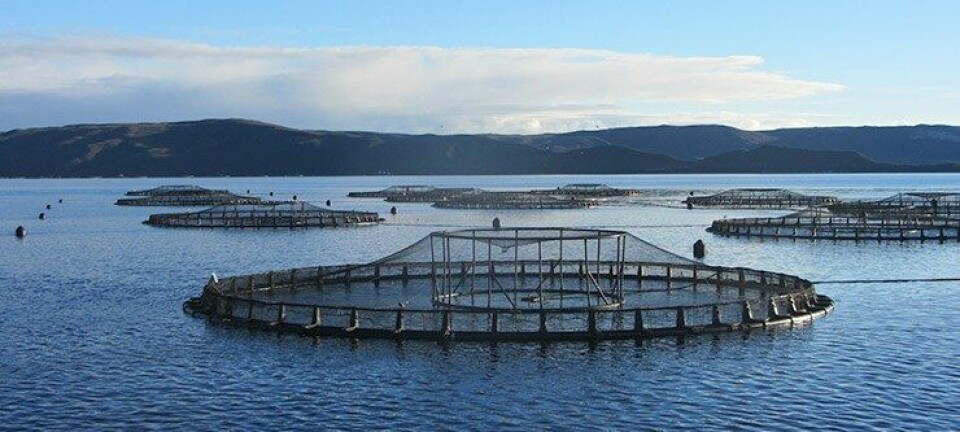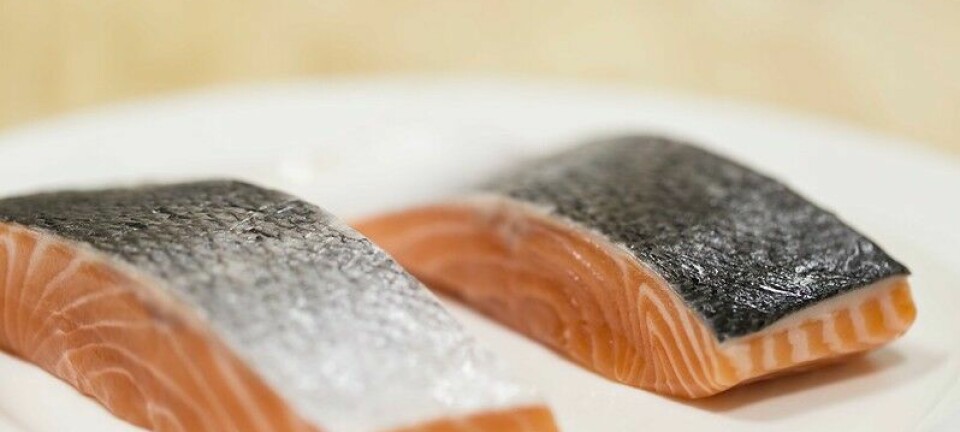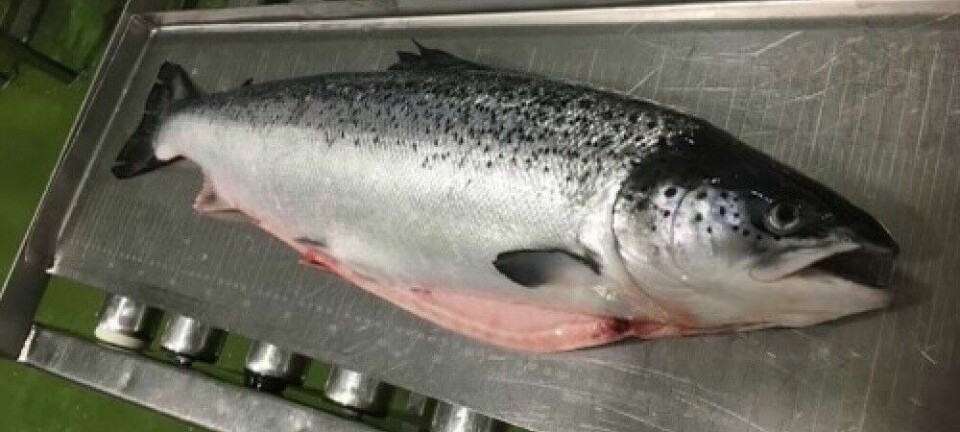New meanings of lighting for salmon industry
By Dr. Cristina Tanase, Innovation Program Manager Philips Lighting Aquaculture

Light is essential to life and plays an important role in the growth and development of most plants and animals. Light influences all lifecycle stages of fish and it is routinely used as a management tool in the Atlantic salmon industry to control the egg and larvae survival, the manipulation of smolt time, the maturation control during the on-growing phase and broodstock spawning optimization. The industry is quite successful in applying light for these purposes and production quality and related costs have been improved significantly in the last years. However to date, light regimes are far from being optimized due to gaps in knowledge on the biological effect of light on salmon and difficulties on implementing them in the management practices currently in place. Light impact on fish is complex, involving all three components of light: intensity and distribution, quality of light expressed in spectral composition, and photoperiod undergoing daily and seasonal cycles. There is extensive research providing information regarding light perception of salmon which involves photoreceptive structures such as retina, pineal gland which convey information to the brain, as well as deep brain photoreceptor cells. Environmental factors such as temperature, feed availability and photoperiod interact with internal factors such as biological clock, growth rate and energy storage. Growth, development and onset of maturation appear to be connected but the underlying morphological and physiological mechanisms are not clear yet. There is still missing information how exactly the light modulates specific brain regions and modifies physiology and behavior. Uncovering this information will fuel further sustainable growth of the Salmon industry. The revolution in the lighting industry due to the development of the LED technology and the associated controlling possibilities enable the use of very specific LED lighting solutions in different life development stages of Atlantic salmon. According to Prof. Herve Migaud, Director of Research of the Institute of Aquaculture at the University of Stirling, “light can be used as a powerful tool in aquaculture to enhance fish productivity and welfare through, among others, the control of broodstock spawning (spawning on demand), the optimisation of egg and larvae survival, the control of smolt time (smolt on demand) and the suppression of sexual maturation during the on growing phase. However, to date, lighting regimes are far from being optimised and standardised in aquaculture due to gaps in knowledge on the biological efficiency of light which is species and stage of development specific, but also the limited availability of commercial aquaculture light.” Specific light spectrum following the sun rise and sun dusk or changing light intensity in very discrete way was not possible in the past by using conventional lighting technologies like metal halide or fluorescent. In recent years there has been considerable research and progress in understanding the impact of narrow-band LED light on salmon biology. The research using LED lighting revealed strong impact on physiological and behavioral processes, including the observed feeding, growth, survival improvements, and decreased sexual precocity. Photoperiod is associated with responses of the pineal photoreceptors which are directly coupled to rhythmic melatonin signals having impact on fish behavior. Scientists from University of Stirling demonstrate that both light intensity and wavelength can influence these rhythms. They found out that red light was less efficient than blue and green on suppressing melatonin in salmon. Moreover, specific light colors such as blue, green and red light activate or inhibit specific brain regions determining modulation of the endocrine output through the light brain-pituitary axis and having direct impact on salmon physiological responses. Yet, according to Dr. Lars Ebbesson, Group Leader of the Integrative Fish Biology group at Uni Research AS in Bergen, “…there remain technological challenges and missing biological knowledge that would enable new advancements in LED light technology to exploit for improving aquaculture practices even further; reducing costs while improving salmon quality and welfare.”
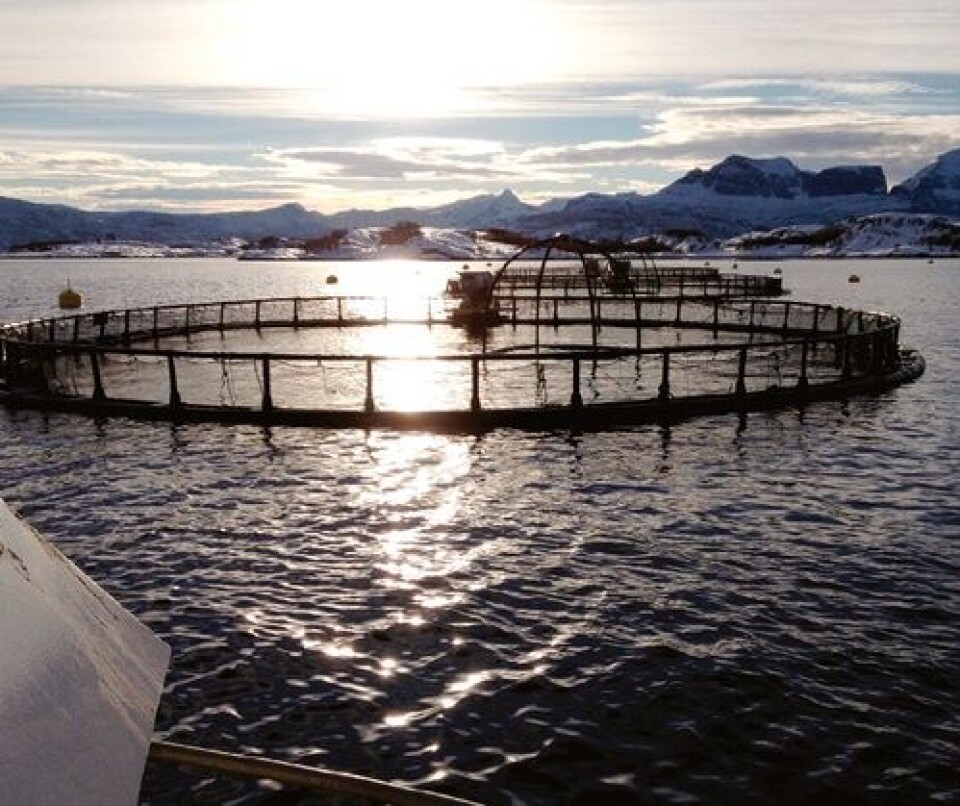
Combining the latest research with fish farming practices, Philips develops new LED lighting solutions in order to improve the welfare and quality of fish and support the business environment of salmon producing companies. Philips is working with renowned universities and institutes in order to implement latest research results and gain deeper understanding on the lighting requirements in salmon farming operations. The aim is to understand the effect of light perception and to identify light sensitive systems and functional responses to specific light intensity and wavelengths during different developmental stages of salmon. This will translate into requirements and optimization of lighting strategies enabling improved salmon production, behavior and welfare. In order to test lighting strategies beneficial for salmon farming, Philips conducted a series of trials at commercial scales with major salmon producing companies for both smolt production and on-growing. The results of these trials are very promising generating increased awareness and interest from the industry.
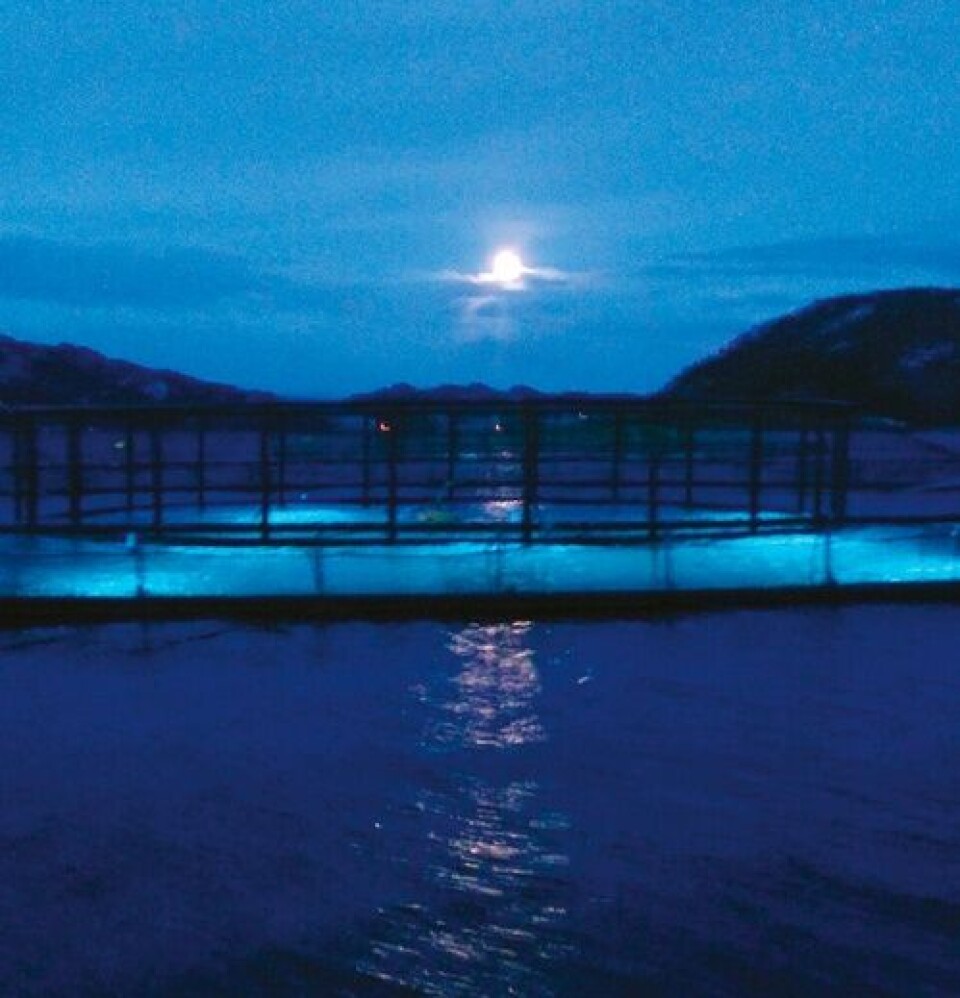
With these results, only a first step is made in unlocking the full potential of applying lighting to support the development of the aquaculture industry. Working together with renowned scientists, a pipeline of new innovations is under development. The impact of light, which until recently has been mainly associated to the control of smoltification, early maturation and photoperiod manipulation of spawning, is further investigated on other applications such as sea lice and diseases control, biomass density control or controlling appetite and growth… the possibilities are sheer endless. The combined results of research and application studies would ultimately enable improved practices with regards to the application of light in the salmon industry. In addition the industry can lower its environmental footprint, improve production practices, and become more efficient and cost effective.
